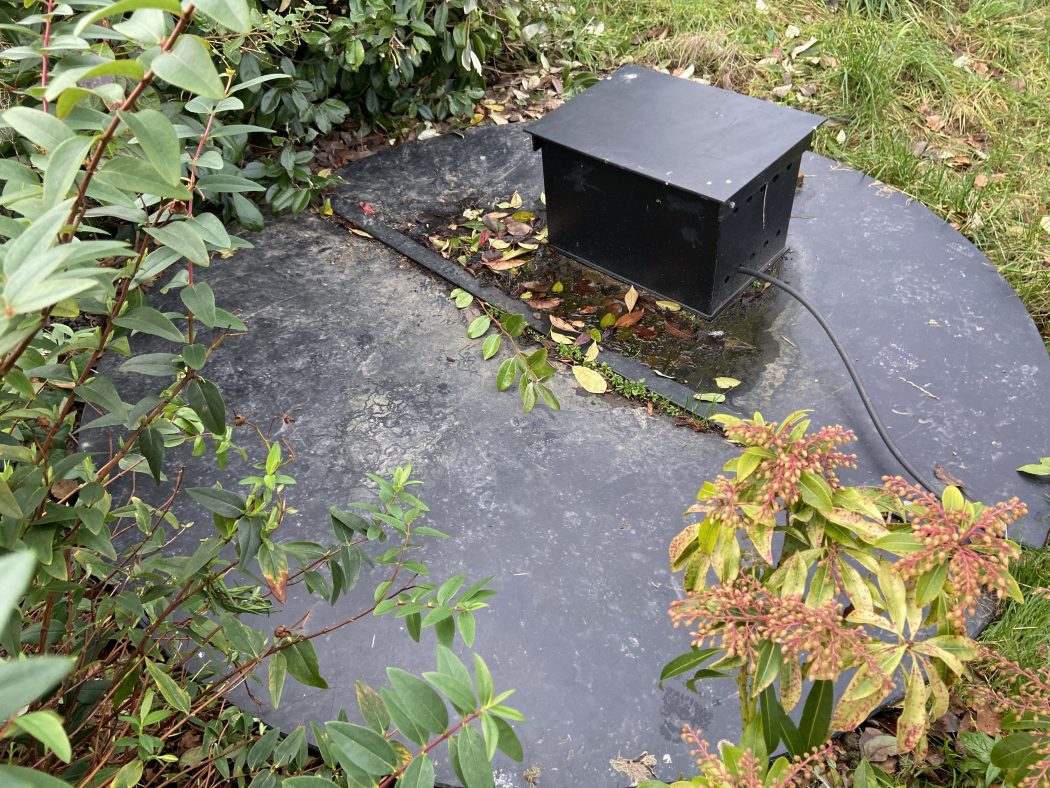The property we purchased came with a small sewage treatment plant that is capable of receiving wastewater from buildings not connected to mains drainage and processing it so that only a clean, clear effluent is discharged into the environment.
The Vortex Wastewater Treatment System (that’s its formal name) is an eco electric sewage treatment plant and has been designed to treat both solid and liquid components of waste coming from our house, which is cleverly accomplished by using a combination of coarse and fine air bubbles.
Important: You can see the tank in action in our video – naturally, the contents of a small sewage treatment plant may not be suitable for everyone, so we advise viewer discretion. We provide you with a heads up when we open the lid and show you the inside of the tank in case you want to skip that portion of the video. This happens at the 3 minute, 30 second mark.
Please watch the video below to get a quick overview of our small sewage treatment plant.

Things we like about our small sewage treatment plant
- It is odourless – when you open the lid it smells earthy (no nasty smell)
- The processed effluent is very clean and clear
- Low electricity consumption with low running costs
The Vortex is sold in the UK by WTE Ltd.
Fun (disgusting) facts about fatbergs
This has nothing to do with sewage treatment plants or septic tanks, but it does go to show what people flush and empty down their sinks.
Fatbergs (what a great name) are composed of excrement, wet wipes, sanitary products, drugs, contraceptives and other insoluble items, which are covered in, and bound together by, congealed fat, and are a direct consequence of people flushing whatever they want down toilets and pouring litres of various fats, lard and oils down their sinks.
Recently, South West Water in Sidmouth, Devon, discovered a 64-metre fatberg. We’ve been to Sidmouth and neighbouring towns and villages, and it goes to show that even sleepy country settings are not immune to lavatory horror stories that we thought were reserved exclusively for major cities.
Sidmouth’s berg, however, was no match for the Whitechapel beast – Fatty McFatberg – that weighed in at an astonishing 143 tonnes and measured 250 metres from end to end. It was reported that it took a crew of eight workers several weeks to break it down using power hoses. Disgusting.
But the undisputed champion is the phenom that was discovered close to the South Bank in central London in 2018, a 750-metre long giant. To put that in context, the world’s tallest building, the Burj Khalifa in Dubai, is 828 metres high.
